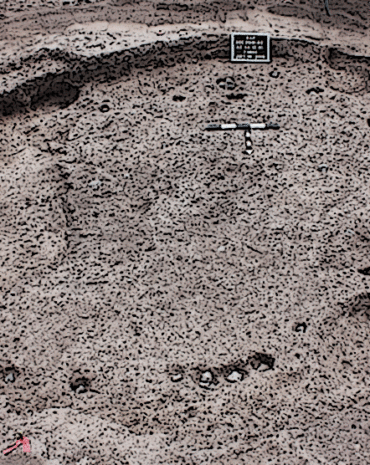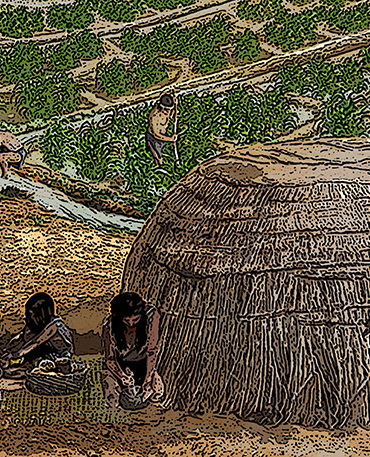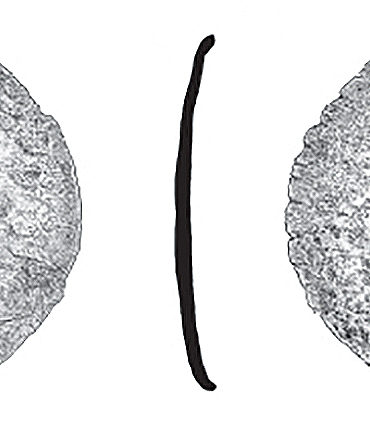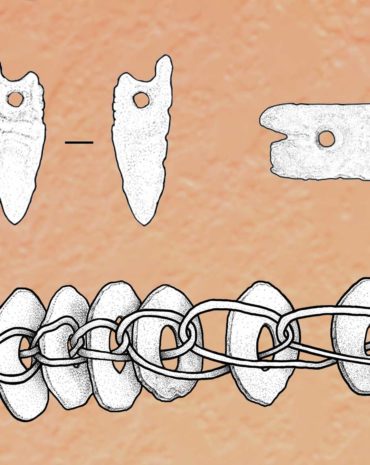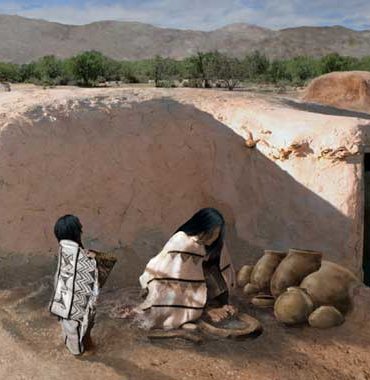 Mar 20
Mar 20The Westside Canals
Archaeological work on the west side of the Santa Cruz River, to the north and south of West Congress Street, resulted in the documentation of the long history of water management in this area. What has been found? Homer Thiel provides answers. Pre-Contact ditches and canals The oldest irrigation ditch…




